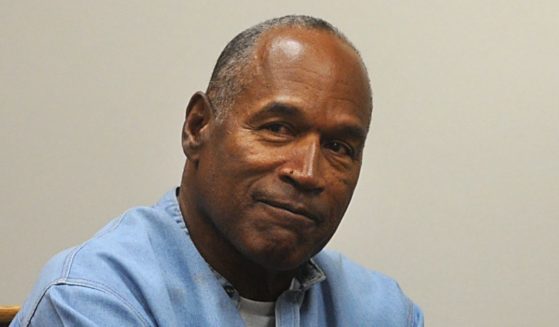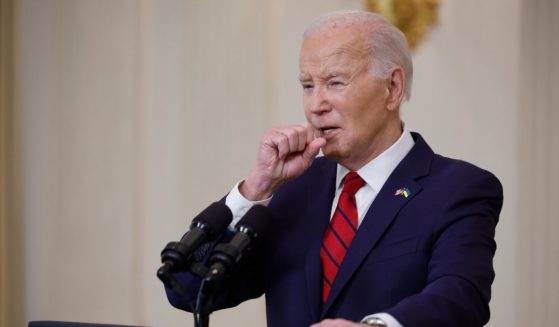CDC Backtracks on School Guidelines, Admits There's No Evidence Behind 6-Foot Distance Requirement
The Centers for Disease Control and Prevention on Friday relaxed its coronavirus guidelines for schools, saying students can safely sit 3 feet apart in classrooms.
The revised recommendations reject the 6-foot standard that has sharply limited how many students some schools can accommodate. Some have had to remove desks, stagger scheduling and take other steps to keep children apart.
In recent months, schools in some states have been disregarding the CDC guidelines and placing students closer than 6 feet apart.
While there is evidence of improved mental health and other benefits from in-person schooling, “we don’t really have the evidence that 6 feet is required in order to maintain low spread,” according to Greta Massetti, who leads the CDC’s community interventions task force.
Also, younger children are less likely to get seriously ill from COVID-19 and don’t spread it as much as adults do, and “that allows us that confidence that that 3 feet of physical distance is safe,” Massetti said.
The new guidance:
— Removes recommendations for plastic shields or other barriers between desks. “We don’t have a lot of evidence of their effectiveness” in preventing transmission, Massetti said.
— Advises at least 3 feet of space between desks in elementary schools.
— Says spacing should also be 3 feet in middle and high schools, so long as there is not a high level of spread in the community. If there is, spacing should be at least 6 feet.
The CDC said 6 feet of space should still be maintained in common areas, in situations with a lot of people talking, cheering or singing, and when masks can’t be worn.
Teachers and other adults should continue to stay 6 feet from one another and from students, the CDC said.
Last year, the CDC advised schools to keep children 6 feet apart, the same standard applied to workplaces and other settings.
In contrast, the World Health Organization suggested 1 meter — a little over 3 feet — was sufficient in schools. The American Academy of Pediatrics says desks should be 3 feet apart and “ideally” 6 feet.
The CDC guidance was problematic for many schools that had 25, 30 or more children per classroom in closely grouped desks.
Some schools adopted complicated scheduling that might, for example, have half a class come to school on some days and the other half on other days.
The Ridley School District in suburban Philadelphia took steps like that to follow the 6-foot guideline. But neighboring communities went with 3 feet, “and we’re not seeing the data really reflect a different spread rate,” Lee Ann Wentzel, the district’s superintendent, said.
The district had already decided to shift to 3-foot distancing starting next month and invite all students to attend five days a week. But Wentzel said she was glad to hear of the change in CDC guidance.
A recent study in Massachusetts looked at infections of students and staff members in schools that used the 3-foot standard and those that used the 6-foot one. It found no significant difference in infection rates.
Massetti said other research has also been influential, including two studies the CDC released Friday.
One was a study in Utah that found low COVID-19 transmission rates among students whose desks were only 3 feet apart. The other study, done in Missouri, pointed to a similar conclusion, Massetti said.
CDC Director Dr. Rochelle Walensky said the revised recommendations are an “evidence-based roadmap to help schools reopen safely, and remain open, for in-person instruction.”
“Safe in-person instruction gives our kids access to critical social and mental health services that prepare them for the future, in addition to the education they need to succeed,” she said in a statement.
The Western Journal has reviewed this Associated Press story and may have altered it prior to publication to ensure that it meets our editorial standards.
Truth and Accuracy
We are committed to truth and accuracy in all of our journalism. Read our editorial standards.












